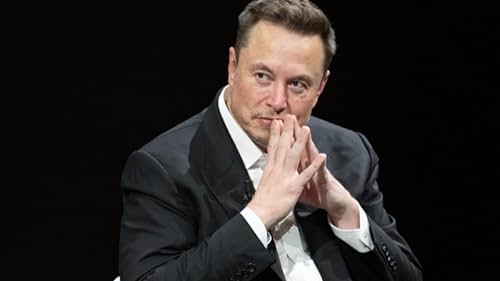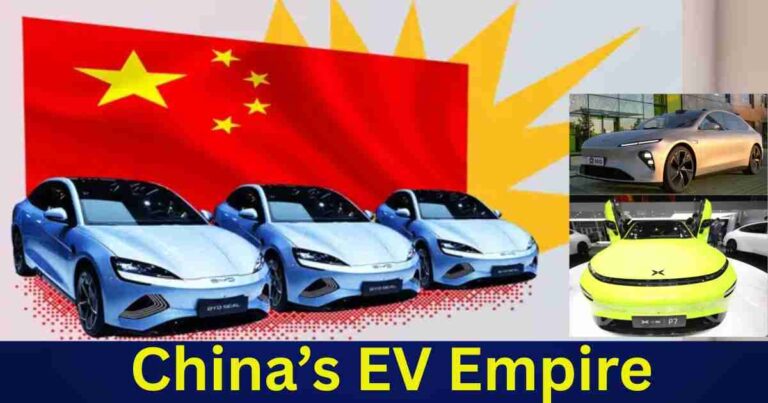Elon Musk Exits Trump Administration After Controversial Federal Efficiency Drive Falls Short
Tesla CEO and tech magnate Elon Musk has officially exited the Trump administration following a controversial 130-day tenure as a special government employee leading the Department of Government Efficiency (DOGE). Musk’s time in government was marked by sweeping ambitions, bureaucratic clashes, and headline-making theatrics — but ended abruptly and without fanfare late Wednesday.
Sudden Departure After Mounting Tensions
Musk’s off-boarding was confirmed by a White House official to Reuters, just hours after Musk took to his social media platform, X, to thank President Donald Trump and signal the conclusion of his public service stint.
While the exact reasons for Musk’s departure remain unclear, sources indicate that his criticism of the administration’s newly unveiled tax bill was a tipping point. The billionaire called the bill “too expensive” and said it would “undermine” the work of DOGE, the very agency he led to restructure and shrink federal spending.
According to insiders, senior figures in the White House — including Deputy Chief of Staff Stephen Miller — were incensed by Musk’s public comments. The administration had to reassure Republican senators that Trump remained committed to the tax package, creating a political rift that reportedly accelerated Musk’s exit.
From Chainsaws to Clashes: Musk’s Unorthodox Government Tenure
Elon Musk’s entrance into the Trump administration was nothing short of dramatic. In February, at the Conservative Political Action Conference (CPAC), Musk wielded a red metallic chainsaw on stage to symbolize his approach to slashing government bureaucracy. “This is the chainsaw for bureaucracy,” he declared, to thunderous applause.
Appointed by Trump shortly after his second-term inauguration, Musk was tasked with leading DOGE — the Department of Government Efficiency — a newly created office aimed at cutting down federal spending, reducing workforce redundancy, and pushing agencies toward self-reliance.
Musk vowed to cut at least $2 trillion in federal spending and eliminate what he described as “Covid-era telework privileges.” He predicted that revoking remote work policies would trigger a “wave of voluntary terminations that we welcome.”
But while his aggressive rhetoric appealed to some conservatives, it quickly alienated parts of the federal establishment. Cabinet secretaries, once supportive of Musk’s energy and boldness, began to push back. Trump himself reportedly reminded his cabinet in March that hiring and firing decisions rested with department heads — not with Musk.
Internal Feuds and High-Profile Criticism
Musk clashed with several high-ranking officials during his time in office. He had reported confrontations with Secretary of State Marco Rubio, Transportation Secretary Sean Duffy, and Treasury Secretary Scott Bessent. He publicly insulted Trump’s trade adviser Peter Navarro, calling him “a moron” and “dumber than a sack of bricks” — comments Navarro dismissed with trademark bluntness.
Despite his rocky relationships within the cabinet, Musk remained close to Trump and continued to defend his role in government. His exit, however, came without a formal discussion with the President, according to a source familiar with the situation.
In an April Tesla earnings call, Musk had already signaled that he would scale back government activities to refocus on his business empire, which includes Tesla, SpaceX, Neuralink, and The Boring Company. Tesla has recently faced declining sales and falling stock prices, prompting investors to call for Musk’s full-time attention.
A Mixed Legacy for DOGE
Under Musk’s direction, DOGE succeeded in shrinking the federal civilian workforce by 12% — approximately 260,000 jobs — through a combination of buyouts, early retirements, and threats of termination. But critics argue the cost-cutting came at the expense of morale, efficiency, and long-term agency capabilities.
While Trump has praised DOGE’s efforts as a bold and necessary move to revamp Washington, skeptics within and outside the administration warn that the approach lacked nuance and long-term vision.
“The DOGE mission will only strengthen over time as it becomes a way of life throughout the government,” Musk said in a parting message posted on X. He added that trimming “waste” in government was only the beginning of what he sees as a long-overdue digital transformation of public service.
Political Fallout and Financial Shift
Musk’s political entanglement has not come without cost. His alignment with Trump has sparked protests, including from some Tesla investors and employees, who fear his partisanship may hurt the company’s image. Once among the largest individual donors to the GOP, Musk recently announced he would reduce his political spending after investing nearly $300 million in Republican candidates and causes last year.
“I think I’ve done enough,” Musk said at a recent economic forum in Qatar, hinting at a withdrawal from frontline political activity — at least for now.
What’s Next?
While Elon Musk’s government chapter has closed, his influence remains. With unmatched reach on social media, deep ties to Republican megadonors, and an eye for disruption, Musk is unlikely to disappear from the national conversation. For now, however, his departure underscores the limits of Silicon Valley-style disruption in the entrenched machinery of federal governance.
As the Trump administration continues to push forward with DOGE under new leadership, questions remain about whether the efficiency drive can be sustained — or whether Musk’s exit signals a turning point in Trump’s second-term reform agenda.
You Might Also Like:
Israeli Airstrikes Kill 125 in Gaza, Northern Hospitals Collapse Amid Escalating Conflict
Houthi Missile Hits Near Ben-Gurion Airport, Injures One; Flights Temporarily Suspended






